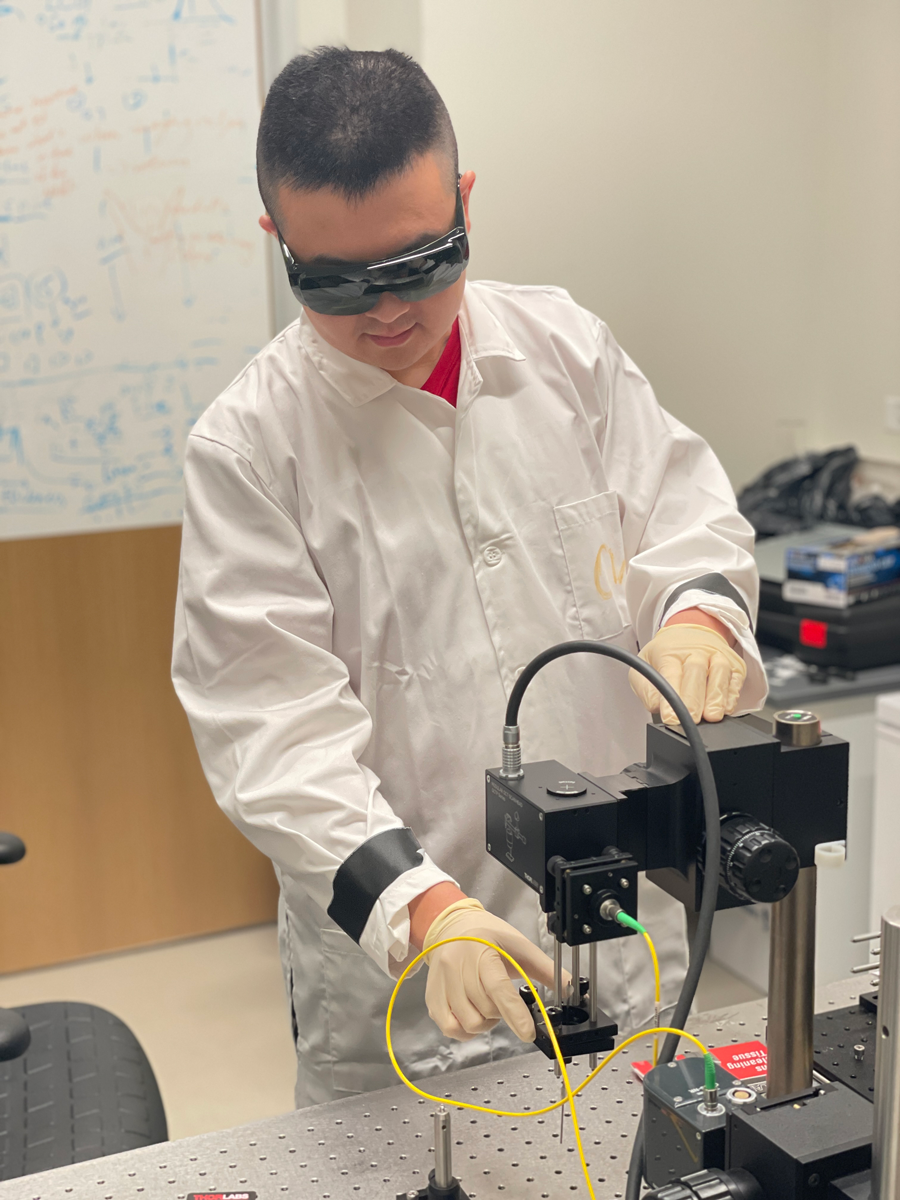Each year more than 8,000 people die while waiting to receive a kidney transplant, many of whom have spent four or more years on donor waitlists, hoping for a miracle to arrive. These deaths occur due to a worldwide shortage of kidneys for transplantation because there is currently no reliable means to quickly and efficiently determine the viability of enough donor kidneys to meet the demand.
A team of researchers from the University of Oklahoma and the OU Health Sciences Center, with assistance from LifeShare of Oklahoma, as well as researchers and clinicians from the University of Massachusetts Amherst, Worchester Polytechnic Institute and Georgetown Medical Center will collaborate to investigate the use of optical coherence tomography to evaluate donor kidneys and develop new scanning methods and machine learning algorithms to reduce the evaluation time of donor kidneys while substantially increasing the information about the viability of these organs for transplant surgeons and clinicians.
Qinggong Tang, Ph.D., assistant professor at the OU Stephenson School of Biomedical Engineering, Gallogly College of Engineering, is the OU lead for the four-year study, funded by a $2.5 million National Institutes of Health R01 grant from the National Institute of Diabetes and Digestive and Kidney Diseases.
“Our goal is to develop a better, more objective method for evaluating kidney quality than is offered by current methods,” Tang said. “We want to get more kidneys in the hands of transplant surgeons and make better use of the donor kidney pool.”
The current process for screening donor kidneys uses two methods – pathological scores based on anatomical features from a biopsy and the Kidney Donor Profile Index (KDPI) derived from the donor’s medical history. However, clinical research indicates that those current methods have limited discriminative power.
“By scanning the whole kidney surface, our device intends to eliminate the uncertainty created by the biopsy/KDPI paradigm,” Tang said.
In addition to Tang, the OU research team includes Chongle Pan, Ph.D., associate professor of computer science and microbiology; Kar-Ming A. Fung, M.D., Ph.D., professor of neuropathology and surgical pathology, director of neuropathology and director of electron microscopy at OUHSC; and Zhongxin Yu, M.D., a board-certified pathologist with OUHSC.
When assessing donor organs for transplant, Tang said there are two golden standards, pre-transplant biopsy score results and post-transplant clinical outcomes. Tang and his team believe that optical coherence tomography scanning technology can aid in predicting both.




